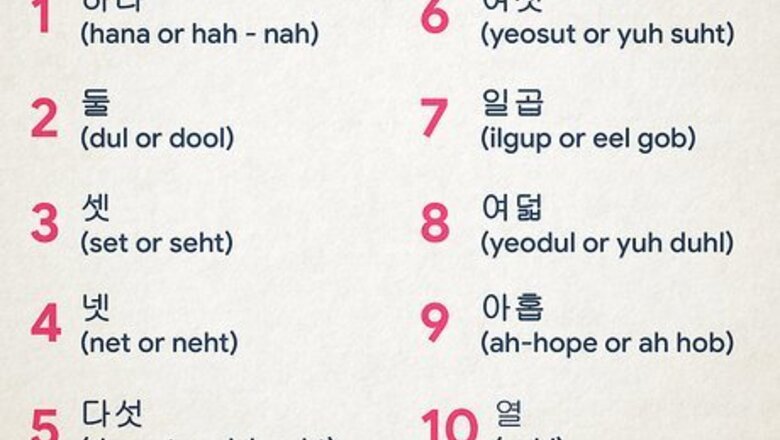
views
Learning the Two Systems
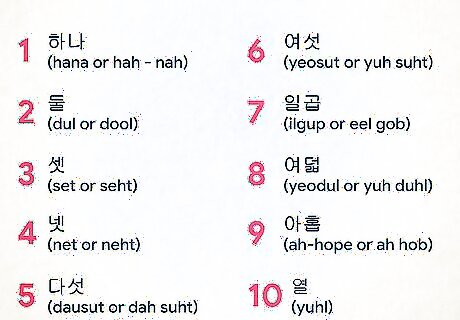
Practice the Korean system. In Korean, you will encounter two completely different sets of words for numbers, one based on Korean words and one related to Chinese (this system is sometimes called Sino-Korean).In most cases, if you are simply counting from 1 to 10 (and are not using money or other special cases), you will want to use the Korean system (this is also true in Taekwondo). Korean numbers are written using symbols that are called “Hangul” and are not written using the Roman alphabet. Thus, the Roman alphabet spellings of the words vary from site-to-site and are phonetic. 1 하나 (Hana or Hah - nah) 2 둘 (Dul or Dool) 3 셋 (Set or Seht) 4 넷 (Net or Neht) 5 다섯 (Dausut or Dah suht) 6 여섯 (Yeosut or Yuh suht) 7 일곱 (Ilgup or eel gob) 8 여덟 (Yeodul or yuh duhl) 9 아홉 (Ah-hope or ah hob) 10 열 (Yuhl) Remember: Koreans use both systems depending on the situation. So, for example, the word 10 might be spoken using two entirely different words depending on what’s being counted. However, most objects are counted using the Korean system unless the counting involves money. So books, people, trees, and any number of objects also use the Korean numbers. Korean forms are used for the number of items from 1 to 60 and age.
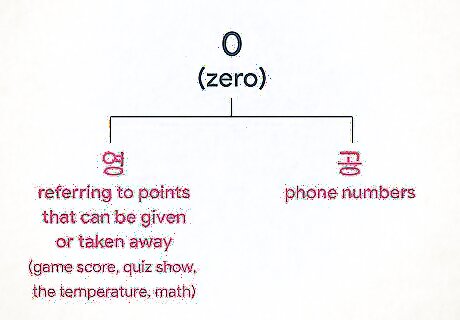
Practice the number zero. There are also two ways to say zero, but both are Chinese forms. Use영 when referring to points that can be given or taken away, such as in a game score or quiz show; the temperature; and when using numbers in math. Use공 when talking about phone numbers.
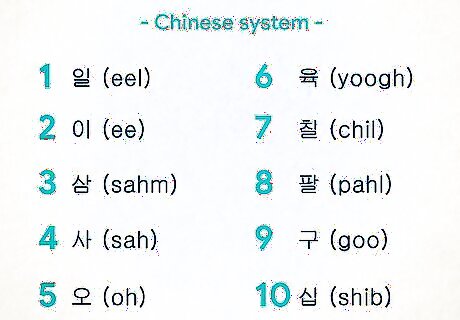
Master the Chinese system. The Chinese forms are used for things like dates, phone numbers, money, addresses, and numbers over 60. 1 일 (eel) 2 이 (ee) 3 삼 (sahm) 4 사 (sah) 5 오 (oh) 6 육 (yoogh) 7 칠 (Chil) 8 팔 (Pahl) 9 구 (Goo) 10 십 (Shib) There are some special cases in which the Chinese-related system is used even for smaller numbers, though, including addresses, phone numbers, days, months, years, minutes, units of length, area, weight, volume, and numbers after a decimal point. Generally, though, use the Chinese system for numbers after 60. Although you should usually use the Korean system for simple 1-10 counting in Taekwondo, you should use the Chinese system when describing a person’s rank. Thus, a first-degree black belt is an “eel dahn,” using the Chinese system word for 1 (“eel”).
Mastering the Pronunciation

Pronounce words right. Depending on the word you are speaking, you might emphasize a different syllable in order to pronounce it correctly. Some websites allow you to listen to native speakers pronouncing each word. You can also record yourself for comparison. Emphasize the right syllable. For example, you should emphasize the first syllable when saying "hah nah", "dah suht", and "yu suht". But you should emphasize the second syllable when saying "ilgup", "yu duhl", and "ah hope". Remember not to be thrown off if you see different spelling for numbers on different sites. People can write the Korean symbols out somewhat differently when trying to capture the pronunciation.

Master Taekwondo counting style. In Taekwondo counting, the syllable not being emphasized almost disappears (as in saying “han” for hanah and “das” for dasot). Round the "l" in chil and pal. It should sound more like the “l” in let than the “ll” in tall. The "sh" in the word ship sounds more like sip. Pronouncing the "sh" as in ship is disastrous. It’s a reference to sexual intercourse!

Recognize when letters are silent or sound like other letters. There are many cases in Korean when letters aren't pronounced at all. You won't sound right if you don't figure out which those are. The ending "t" is almost silent in words like seht and neht. In Korean the letter "d" sound is pronounced as "t" when its an initial and ending consonant, and "l" is pronounced "r" when it's an initial consonant. There are many other rules; research them. English speakers often end a word with a sound. For example, they will pronounce the "p" in trip by making a small final breath. Korean speakers don't end words with such a small breath sound. They will end a word with their mouth in the same position as it was when they said the last consonant in the word.
Studying Other Korean Words
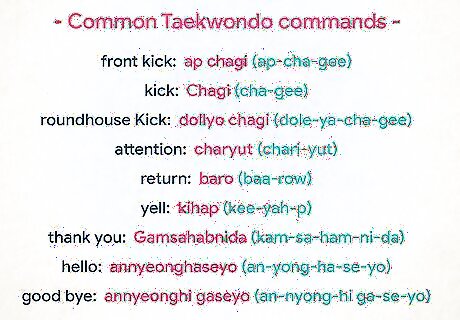
Use Korean words for Taekwondo commands and kicks. One reason a lot of people want to learn to count in Korean is because they have to do so during stretching and drills in Taekwondo. If that’s why you want to learn Korean numbers, it could be useful to study other Korean Taekwondo terms. A front kick is Ap Chagi in Korean (pronounced “Ap-cha-gee”). A kick is Chagi (“Cha-gee”). A Roundhouse Kick is Dollyo Chagi (“Dole-ya-cha-gee”). Some important Taekwondo commands include: Attention or Charyut ("Chari-yut"); Return or Baro ("Baa-row”); and Yell or Kihap ("Kee-yah-p"). Other Korean words used commonly in Taekwondo, include: Thank you (“Kam-sa-ham-ni-da”); Hello – (“An-yong-ha-se-yo”); and Goodbye (“An-nyong-hi Ga-se-yo”).
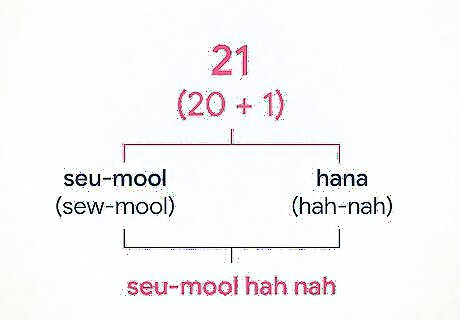
Count beyond 10 in Korean. Maybe you don’t want to stop with 10. It’s actually really easy to count higher than 10 in the Korean system if you understand a few concepts. The word “Yul” means 10 in Korean. So, if you want to say the number 11, you say Yul and the word for 1, Hah nah: Yul Hah nah. And so on for numbers 11 through 19. The word is pronounced “yull.” The number twenty is “Seu-Mool” – pronounced “Sew-mool.” For numbers 21 through 29, start with the Korean word for 20. So, the number 21 is Seu-Mool plus the word for 1: Seu-Mool Hah nah, and so on. Use the same approach to count even higher using these words: Thirty (So-Roon); Forty (Ma-Hoon); Fifty (Sheen); Sixty (Yes-Soon); Seventy (E-Roon); Eighty (Yo-Doon); Ninety (Ah-Hoon); and 100 (Baek).

Learn how Korean differs from other languages. Korean might look like Chinese or Japanese to the untrained eye, but it's actually very different and, luckily for you - easier. The Korean Hangul characters combine only 24 letters and a few simple variations. This isn't true of other Asian languages, which can require learning more than a thousand drawings. In Korean Hangul script, every character stands for one syllable. And every syllable in Korean starts with a consonant. In some ways, learning English is harder because words like "read" are pronounced completely differently depending on context. That's not true in Korean!













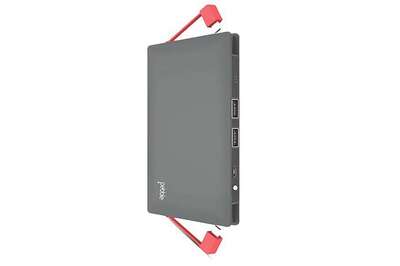






Comments
0 comment